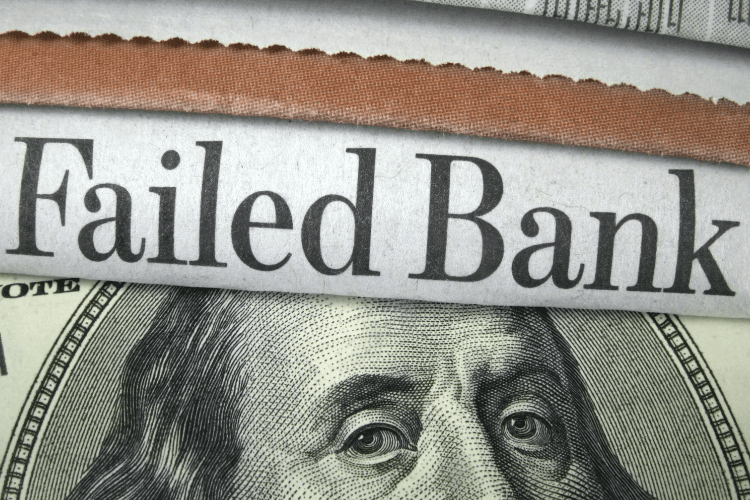Stocks vs. Bonds Explained

Even if you’re not a stocks and bonds expert, you know they play an essential role in the art of investing. You probably know a relative or friend who built wealth using stocks and bonds. Now it’s your turn!
But first, let’s explore the difference between stocks and bonds and identify the benefits and drawbacks of using each.
What Is a Stock?
In its simplest form, a stock is a piece of ownership of a company. This piece of ownership is sold for a certain price. Companies sell stocks to earn money that funds future operations.
Here’s a common example. Company X is successful and wants to expand, but its existing revenue doesn’t offer the cash flow needed to grow. Company X decides to sell shares of its profits as stocks on the stock market. When you buy stock in Company X, you are actually buying a share of ownership in the company. The more stocks you purchase, the more ownership you have.
What Is a Bond?
Bonds are entirely different because they represent debt.
A government, corporation, or business may issue bonds to raise money. If you buy a bond, you essentially lend money to the issuer of the bond. This gives the issuer additional capital to grow and expand operations. To thank you for purchasing the bond, the issuer agrees to pay you back the face value of the loan by a certain date and pay you interest along the way.
The Pros and Cons of Investing in Stocks vs Bonds
Investing with stocks and bonds delivers benefits and drawbacks, just like all forms of investments.
Pros and Cons of Investing With Stocks
Stock ownership offers huge benefits when the economy is growing. Corporate earnings grow with the economy, which means your stock value rises as well. You can take advantage of this to make money quickly and over time.
First, you can buy and sell at the most opportune times and reinvest your earnings to continue building wealth. Second, if you purchase stock in companies that pay dividends, you get paid interest on your stock value over time.
Investing in stocks is also fairly easy. You can buy shares of any public company through a broker, financial planner, or online. It takes mere minutes to buy, sell, and trade.
Of course, stock market investment isn’t always ideal. If you invest heavily in a company that performs poorly, you could lose your entire investment if the stock price plummets. Stockholders also get paid last- if at all- when a company declares bankruptcy. The fear of loss and the uncertainty of stock market behavior makes stock investment an emotional rollercoaster. Some people thrive on this unpredictability while others prefer less risk.
The Pros and Cons of Investing in Bonds
Bonds offer the structure and predictability that stocks can’t. You receive a fixed rate of interest over the life of your bond as well as your principal investment returned on its maturity date. Bonds also have clear ratings from AAA to C based on creditworthiness and risk level. This makes it easy to invest your money in a reliable source with a near-guaranteed return.
However, this low-risk form of investment does have its downsides. The safety of bond investment means that you forfeit the higher potential gains offered by stocks. You also may need more money to begin investing. The cheapest bonds are usually $1,000. Additionally, though you make money investing in bonds, you don’t gain ownership of the company like you do with stocks. This means you won’t really benefit from the growth the issuer achieves with the help of your money.
Overall, there’s no one right way to invest your money. Most experts recommend diversifying your investments with stocks and bonds so that you can take advantage of high potential gains and low-risk returns simultaneously.
Read about micro-investing and how to get started with our complete guide: Micro-Investing: What It Is, Why It’s for You and How to Start.










